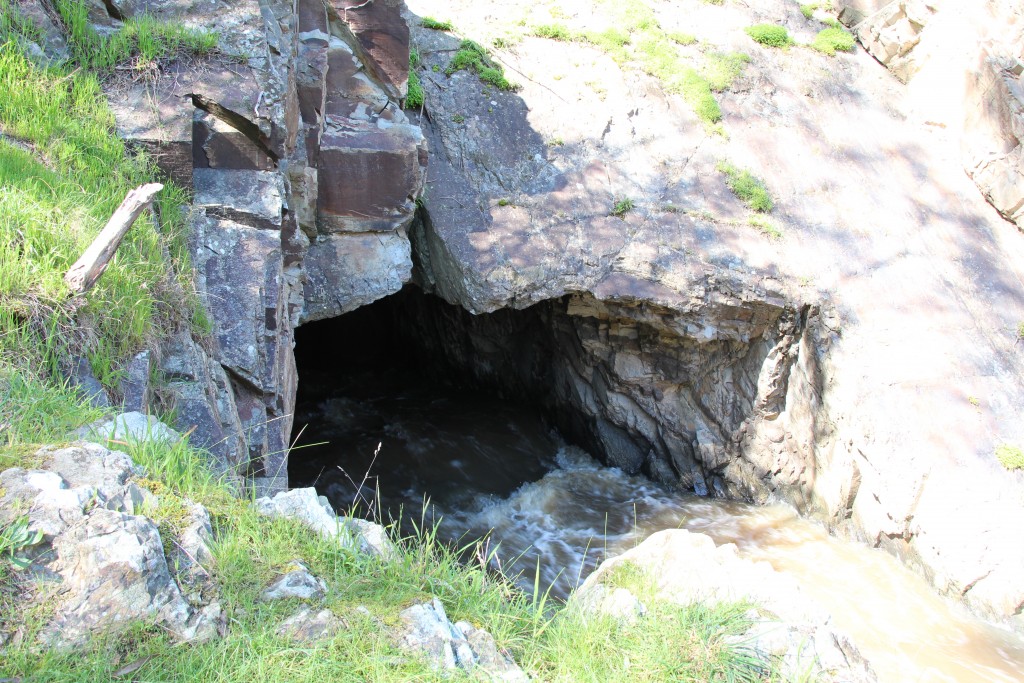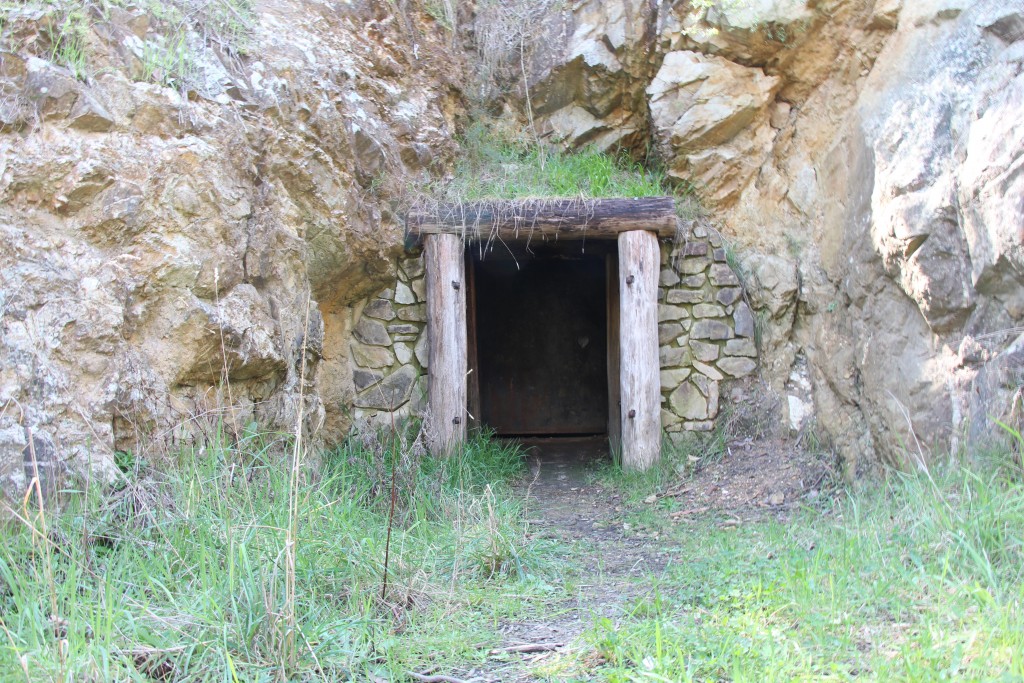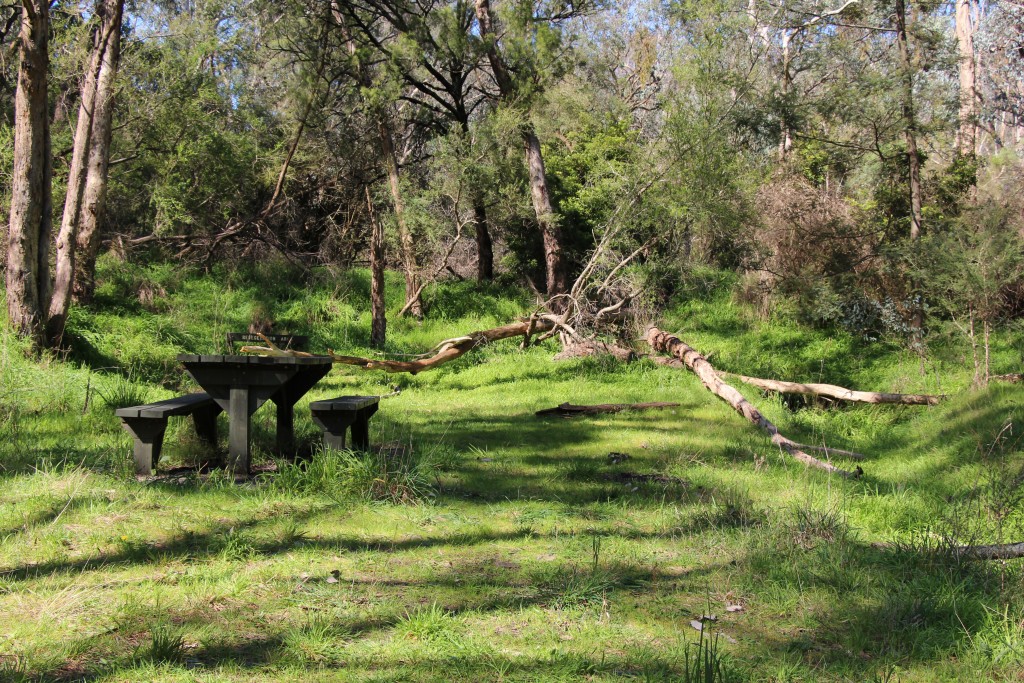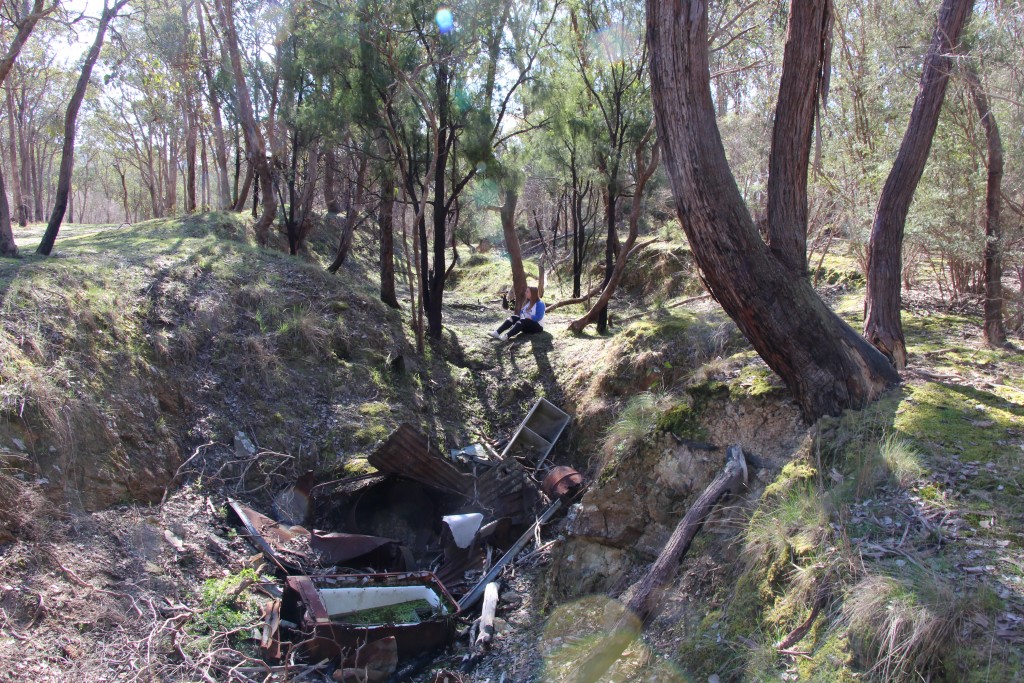Thriller Final from Bonnie Dunleavy on Vimeo.
Embedded above is the Bonnie’s moving mood board/trailer compilation that we will exhibit in our presentation. I must give full credit to her for the voiceover analysis, but I thought in this blog I’d expand on her thoughts with my own observations.
It’s interesting to note the similarities in the relationship between the location, character and camera in these trailers/films. In a sense, the location becomes a character as it plays a role in the protagonist’s growth and development. For example, the environment of the Hunger Games presents challenges that Catniss must overcome in order to become stronger as a character.
In each trailer included, there is this frequent sense or urgency and panic when surrounded by nature. An interesting motif across all trailers is the action of running frantically through the forest, suggestive of its dangers and unpredictability. While of course there is presumably a more immediate danger that they are running from, i.e. the villain, the bushland certainly does not make this chase any easier for the protagonist. We all know that scene where the protagonist trips over a log and scrambles around on the ground as they attempt to get up. Cliché yes, but a clear example of how a bush/forest location can be used to exacerbate the danger that already exists.
To translate the sense or urgency and danger onto the screen, certain shots and camera movements are utilised. In the more intense forest scenes, the camera follows them as they run with an extremely shakey tracking shot. It can feel as though the viewer is running behind them and thus can relate to their fear on a more intimate level. If wider more stagnant shots are used, the mood is usually calmer.
I think it’ll be interesting to figure out how to best encapsulate Emily’s (our protagonist) fear through camera techniques and her relationship with the location. If we decide to include the stereotypical running scenes through the bush, we would definitely need to experiment with shots to see what we can actually achieve without any elaborate equipment. It will be a fun challenge to play with camera angles, shots and movements to assess what will best create our desired mood.

















